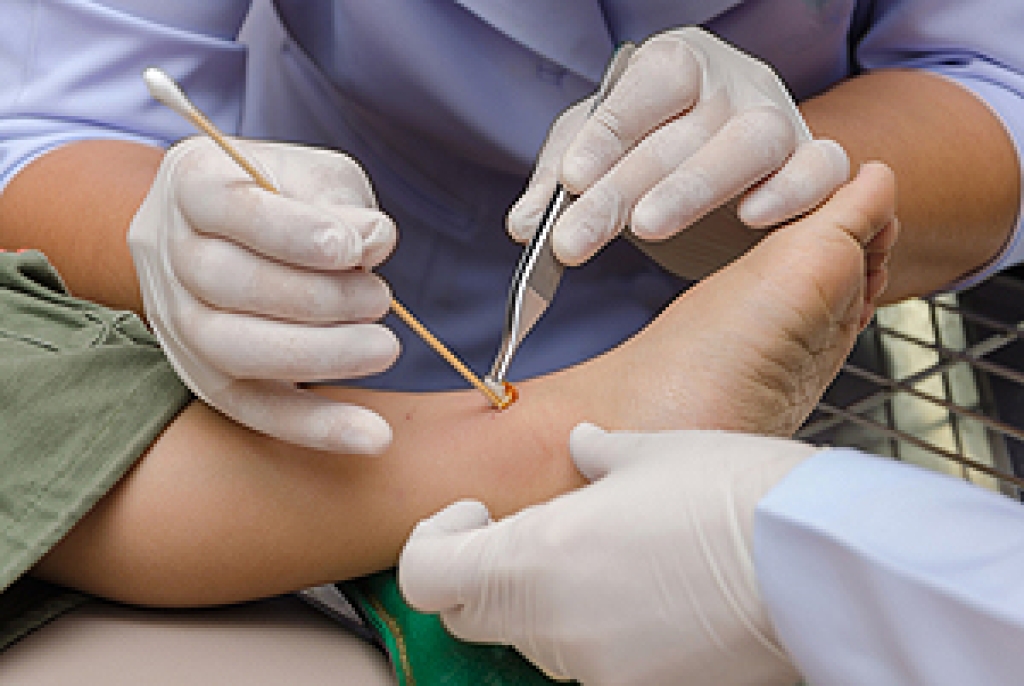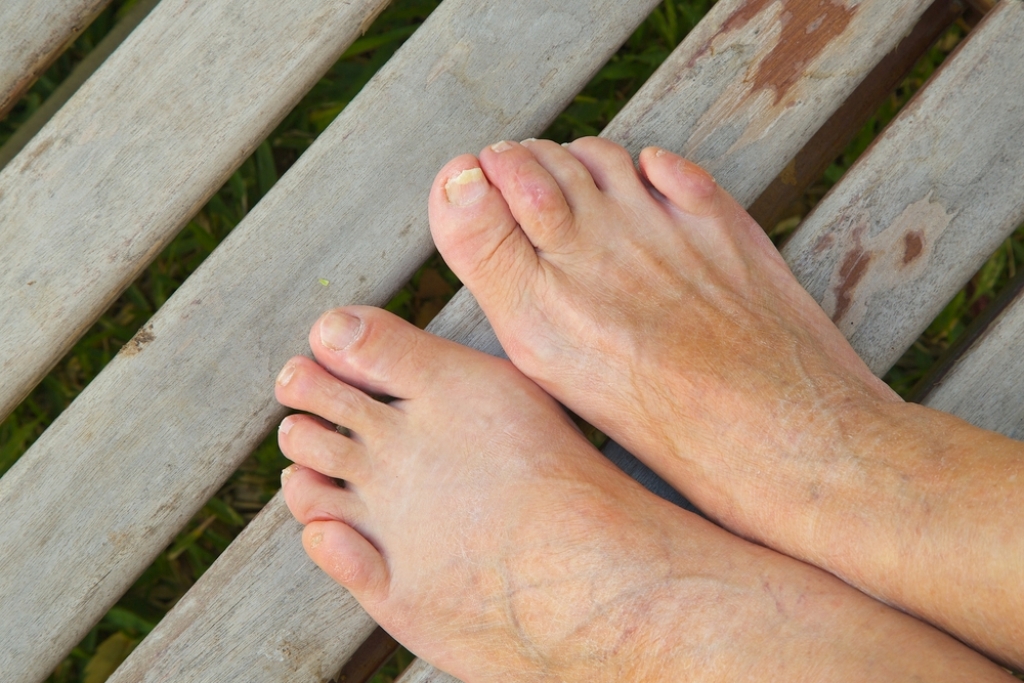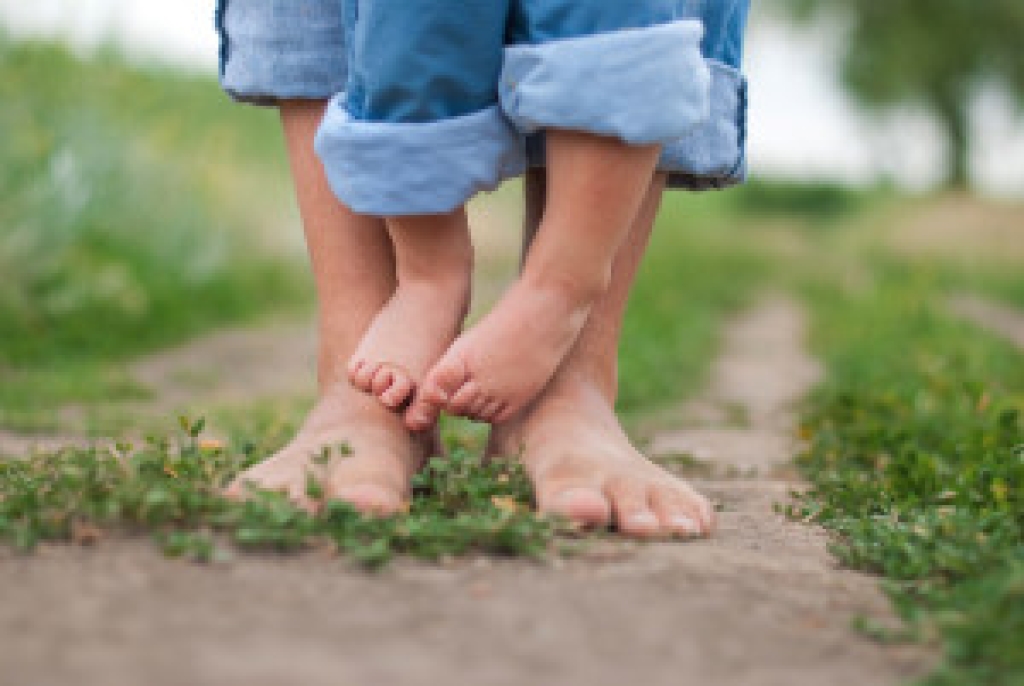Diabetic foot ulcers (DFUs) affect approximately 15% of Americans who have diabetes. These wounds can be difficult to treat, as they often go undetected until they have progressed and have a poor blood supply, which makes the healing process very slow. Furthermore, people with diabetes are at greater risk of having an impaired immune system, making the wounds more likely to become infected. Fortunately, there have been many recent breakthroughs in wound treatment. Negative pressure wound therapy (NPWT) uses wound dressing and airtight film with a suction device to cover the wound, drain fluid, and promote healthy new tissue growth. Skin grafting has also advanced and can be used to treat DFUs in some patients. To learn more about advanced diabetic wound care, consult with a podiatrist today.
Wound care is an important part in dealing with diabetes. If you have diabetes and a foot wound or would like more information about wound care for diabetics, consult with Cary Golub, DPM from New York. Our doctor will assess your condition and provide you with quality foot and ankle treatment.
What Is Wound Care?
Wound care is the practice of taking proper care of a wound. This can range from the smallest to the largest of wounds. While everyone can benefit from proper wound care, it is much more important for diabetics. Diabetics often suffer from poor blood circulation which causes wounds to heal much slower than they would in a non-diabetic.
What Is the Importance of Wound Care?
While it may not seem apparent with small ulcers on the foot, for diabetics, any size ulcer can become infected. Diabetics often also suffer from neuropathy, or nerve loss. This means they might not even feel when they have an ulcer on their foot. If the wound becomes severely infected, amputation may be necessary. Therefore, it is of the upmost importance to properly care for any and all foot wounds.
How to Care for Wounds
The best way to care for foot wounds is to prevent them. For diabetics, this means daily inspections of the feet for any signs of abnormalities or ulcers. It is also recommended to see a podiatrist several times a year for a foot inspection. If you do have an ulcer, run the wound under water to clear dirt from the wound; then apply antibiotic ointment to the wound and cover with a bandage. Bandages should be changed daily and keeping pressure off the wound is smart. It is advised to see a podiatrist, who can keep an eye on it.
If you have any questions please contact our offices located in Williston Park, and Long Beach, NY . We offer the newest diagnostic and treatment technologies for all your foot and ankle needs.



 Ankle sprains
Ankle sprains 
